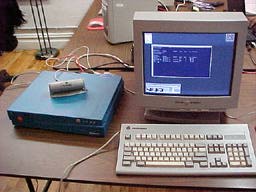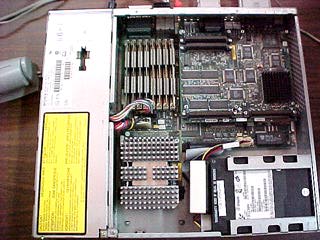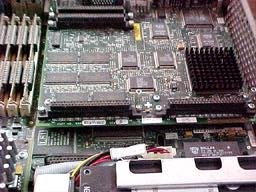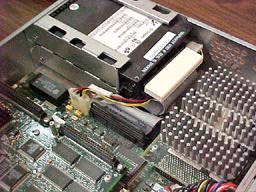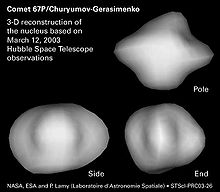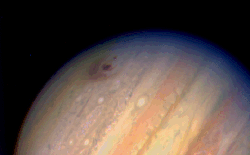
Everybody Loves Raymond 1996 - 2005 IMDb
Everybody Loves Raymond is an Emmy, SAG, WGA winning and Golden Globe nominated American sitcom, originally broadcast on CBS from September 13, 1996 to May 16, 2005. Many of the situations from the show are based on the real-life experiences of Ray Romano (who is represented by the Ray Barone character he plays) and the writing staff. The main characters on the show are also loosely based on Romano's family members. It is one of the most critically acclaimed American sitcoms of its time. Everybody Loves Raymond was nominated for and won many awards.
Show background
The show revolves around the life of Italian-American Ray Barone, a newspaper sportswriter from Lynbrook, Long Island. Ray lives with his wife, Debra Barone, their daughter, Ally, and their identical twin sons, Michael and Geoffrey. Ray's parents and brother Robert frequently make their presence known to the frustration of Ray and especially Debra. Unfortunately for Ray, he always has to hear about it from Debra. A passive-aggressive woman, Debra particularly finds herself at odds with Ray's mother, Marie. Ray often finds himself in the middle of all the problems and arguments. His biggest nemesis is Robert, who is insecure about Ray being the favorite son. Although Robert and Ray are frequently seen fighting like children and picking on each other, the brothers are very devoted to each other. Robert frequently calls Ray "Cubby" and stands up for him, while Ray has a great admiration for Robert, who is a police officer. One very touching episode had Ray taking care of Robert after he was wounded in the line of duty. Their father, Frank, is very tough and does not like to show his feelings, but through the years several episodes were crafted to show how much he loves his family. Ray and Debra have their share of marital disagreements, with Debra frequently denying Ray sex, and Ray prefers watching sports television to talking to his wife. A recurring theme on the show has them having a long interaction each night while in bed, just before going to sleep, and sometimes there is a sweetness between them.
Main cast
* Ray Barone (Ray Romano)
* Debra Barone (Patricia Heaton)
* Robert Barone (Brad Garrett)
* Marie Barone (Doris Roberts)
* Frank Barone (Peter Boyle)
Achievements
Bravo placed the Barone family at number 41 on their list of 100 greatest TV icons of all time TV Land placed Frank's exclamation 'Holy Crap' at number 79 on their list of 100 greatest catchphrases of all time. TV Land and TV Guide placed Marie's vagina sculpture at number 62 on their list of 100 most unexpected moments in TV history. TV Guide placed Ray Barone at number 10 on their list of 50 greatest TV dads of all time.






